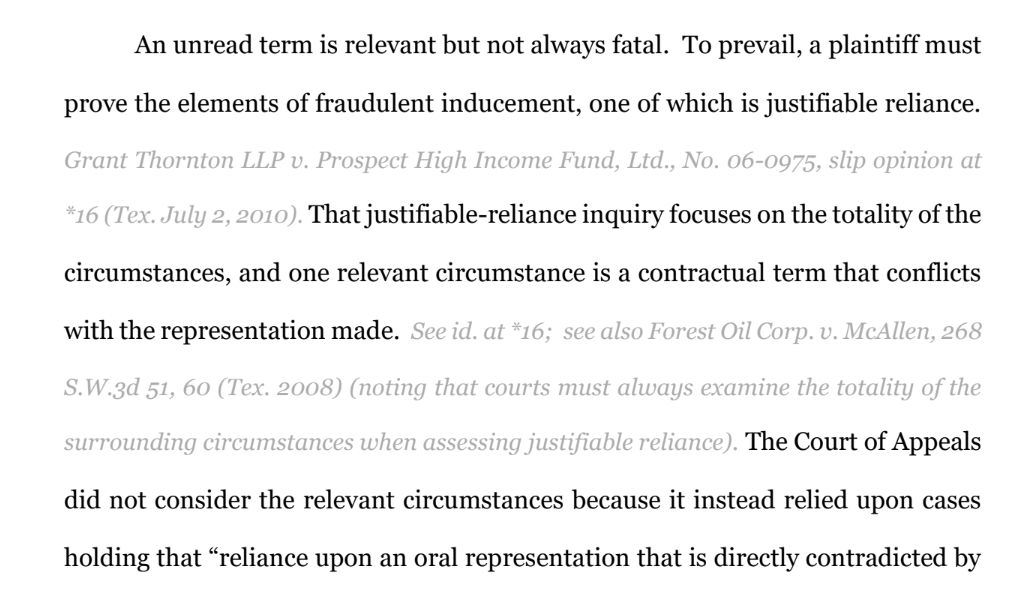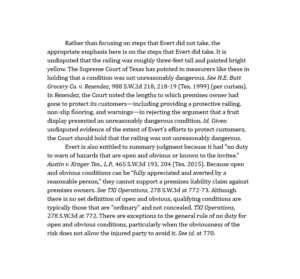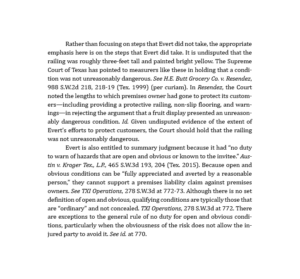Originally published by Jason B. Freeman.
What Are Preferential Transfers?
Preferential transfers are certain transfers of a debtor’s property made by an insolvent debtor to a creditor a short time before filing bankruptcy. Under bankruptcy law, preferential transfers can be voided by the debtor (or, more typically, the bankruptcy trustee), and the debtor’s estate can reclaim the transferred property from the creditor.
The purpose behind the preferential-transfer policy is to avoid allowing the debtor to unfairly favor specific creditors. Such preferential treatment runs contrary to the federal bankruptcy policy of fairly distributing a debtor’s assets among creditors. It also serves to prevent a race by the creditors to collect the debtor’s assets, fostering a more orderly process.
In order for a transfer to be considered a preferential transfer, the following five elements must exist:
- the transfer is made for the benefit of the creditor;
- the transfer is on account of a prior existing debt;
- the debtor is insolvent at the time of the transfer;
- the transfer is made on or within 90 days of the bankruptcy filing (or one year if the creditor is an “insider”); and
- the transfer enables the creditor to receive more than the creditor would have otherwise received in a chapter 7 bankruptcy.
Notably, intent is not an element of preferential transfers; it does not matter whether a creditor knows that the debtor is insolvent. Therefore, creditors with no improper intentions can still be the subject of a “preference attack” and be required to return property acquired through preferential transfers. However, businesses dealing with potentially insolvent debtors may be able to protect themselves by preemptively avoiding liability or by asserting a successful defense to the claims.
Avoiding Preference Attack Liability
While there are common legal defenses for preference attacks, the most effective protection is often prevention. Because preferential transfers only apply to creditors, a business may consider requiring either advance payments or Cash On Delivery (COD) terms, thereby avoiding creditor status.
However, if a business is classified as a creditor, maintaining consistency in the credit arrangements is critical. Transactions that occur in the ordinary course of business are not subject to the preferential transfer rule. Thus, by maintaining terms consistent with both the credit agreement and common industry standards, a business may avoid preference attack liability.
Finally, a business should preserve records of all transactions with its customers. Accurate and thorough transaction records are crucial for establishing defenses to preference attacks.
Common Defenses for Preference Actions
If a business does receive a preference allegation, the first step in the analysis is to determine whether the transaction meets all five of the elements listed above. If any of the elements are missing, the preference claim will fail.
However, even if all of the elements exist, there are some common exceptions that can protect businesses against preferential actions.
First, a common exception is for “substantially contemporaneous exchanges for new value.” Essentially, routine transactions within the 90-day bankruptcy filing window that are near simultaneous exchanges for new value (as opposed to existing debt) are not subject to the preferential transfer rule. This exception exists to encourage businesses to continue to deal with potentially insolvent companies without the fear of being surprised when the transaction is later voided. Notably, it is important that businesses do not apply COD payments to prior debts, as that could be interpreted as payment for an existing debt.
Another common exception is for payments made in the “ordinary course of business.” For this exception to apply, both the debt and the payment must have been made in a similar manner to other debts and payments between the creditor and the debtor. Therefore, when dealing with potentially insolvent customers, it is critical to maintain consistency. Additionally, the transfers must be consistent with standards in either the debtor’s or the creditor’s industry. If there are inconsistencies in the debt, the payment, or the industry standards, this exception will not apply.
Finally, the “earmarking” doctrine applies when a third party provides funds to the debtor for the express purpose of paying a specific creditor. Importantly, the debtor must have no control of how the funds are used in order to successfully assert this defense.
What to Do If You are the Target of a Preference Action
Receiving a preference allegation can seem unfair, especially if your business did everything by the book and there were no signs that your business was dealing with an insolvent debtor. However, ignoring the allegation will not make it go away. To the contrary, it could prevent a favorable settlement or, even worse, cause a court to rule against your business when it would have otherwise ruled in your favor. Therefore, if your business receives a preference action, respond to the allegations timely and with the assistance of legal counsel.
The post Preferential Transfers appeared first on Freeman Law.
Curated by Texas Bar Today. Follow us on Twitter @texasbartoday.
from Texas Bar Today https://ift.tt/3eCVh2y
via
Abogado Aly Website










 To highlight some of the posts that stand out from the crowd, the editors of Texas Bar Today have created a list from the week’s blog posts of the top ten based on subject matter, writing style, headline, and imagery. We hope you enjoy this installment.
To highlight some of the posts that stand out from the crowd, the editors of Texas Bar Today have created a list from the week’s blog posts of the top ten based on subject matter, writing style, headline, and imagery. We hope you enjoy this installment. Horace F. “Fred” Brown, a minister at St. Michael and All Angels Episcopal Church in Blanco, was presented with a surprise on his 82nd birthday—his 50-year-lawyer pin and certificate.
Horace F. “Fred” Brown, a minister at St. Michael and All Angels Episcopal Church in Blanco, was presented with a surprise on his 82nd birthday—his 50-year-lawyer pin and certificate.
